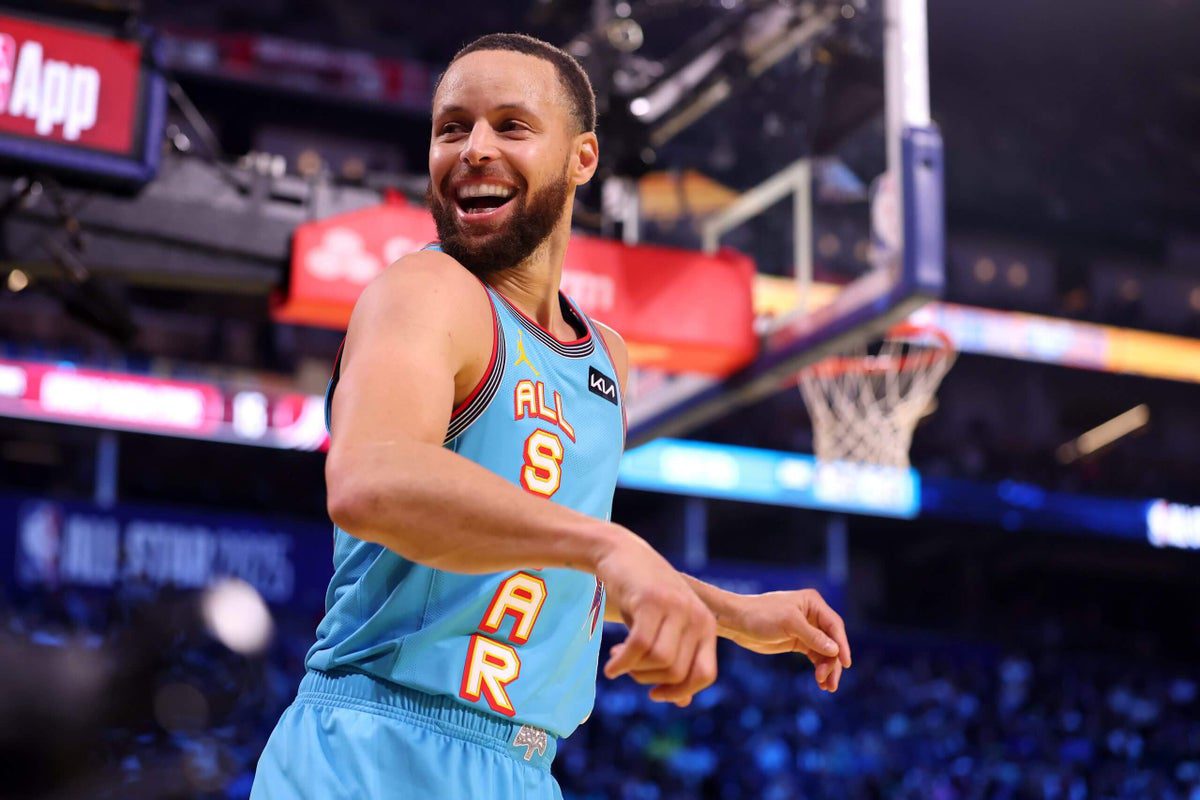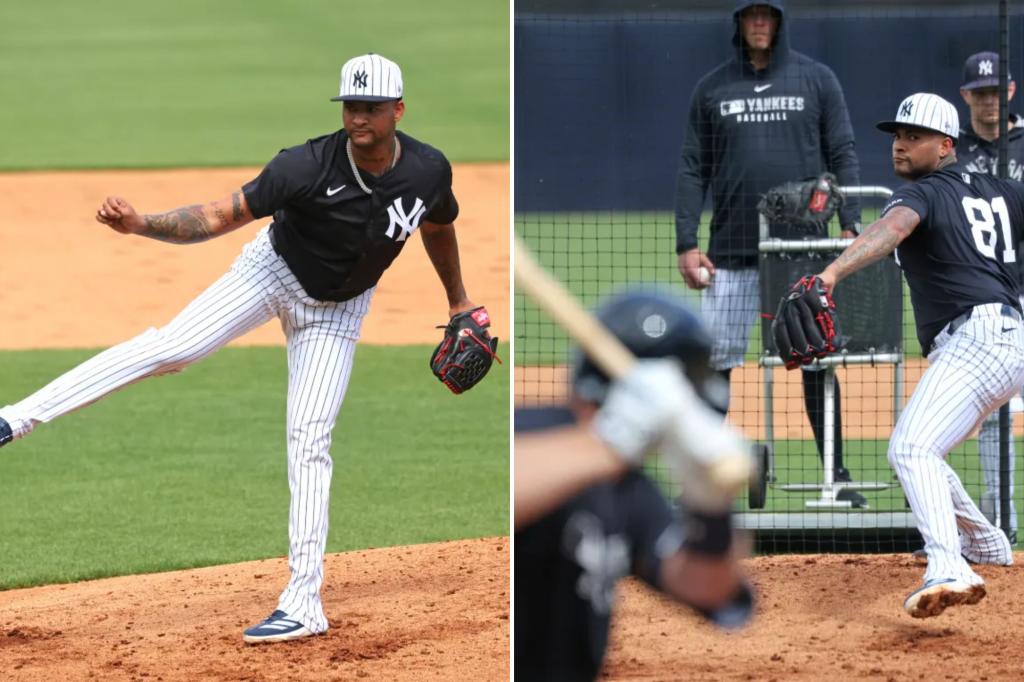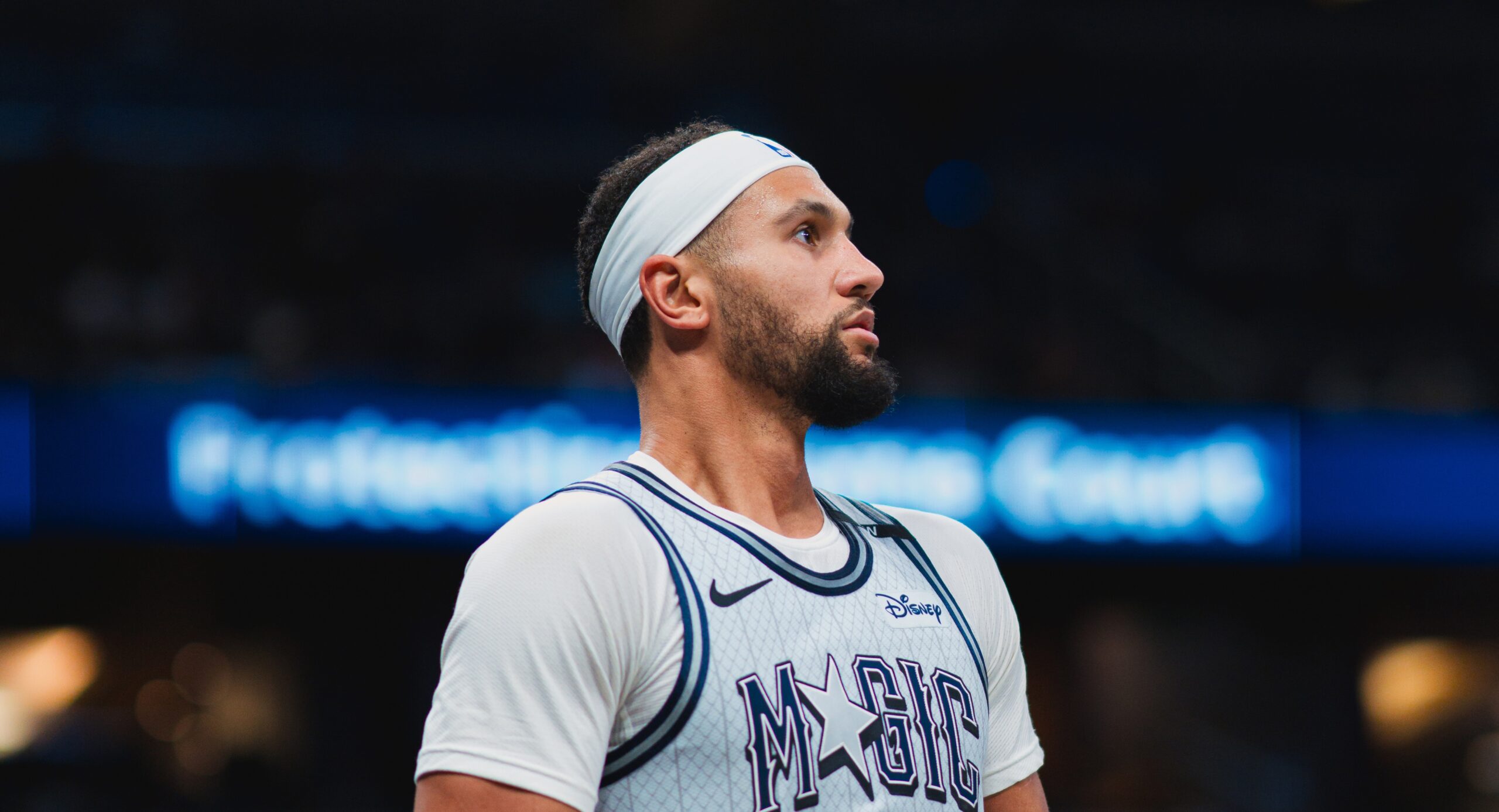
The NBA’s Current Dilemma: An Analysis
SAN FRANCISCO – The National Basketball Association is grappling with a significant issue, but it’s important to clarify that this situation is not solely the league’s fault. The NBA does hold responsibility, but avoiding this predicament seems nearly impossible.
At the heart of the league’s operations is money—often at the center of our compromises, whether they seem trivial or deeply problematic. In the NBA, everyone from players to coaches, general managers, and owners is financially motivated. The league’s recent media rights deal, worth an astounding $77 billion over the next 11 years, overshadows any discussions about declining viewership or other concerns affecting the sport.
However, the influx of cash comes with its own set of challenges.
In recent All-Star events, players—an easy target for criticism—have noticeably decreased their effort, which raises questions about their commitment to maintaining the league’s premier status. Observing the performances in the last few All-Star Games, one might wonder whether the athletes still possess a genuine drive to compete. While it’s tempting to label them as apathetic or disinterested, most players still feel a responsibility to enhance the sport for future generations. Nevertheless, it’s difficult for a player earning $40 million annually to muster motivation for a game that holds no tangible stakes.
This leads us to ponder the continuing relevance of the All-Star Game in today’s climate—perhaps it’s becoming a relic of the past.
Yet, amidst this landscape, Stephen Curry of the Golden State Warriors captivated the audience at Chase Center, showcasing his skills and clinching the MVP title in a performance that inspired excitement.
After the thrilling championship game on Sunday, Damian Lillard of the Milwaukee Bucks pointed out that the All-Star break now falls heavily into the regular season. By the time games resume, teams will have completed between 52 and 56 of their 82-game schedules. This condensed schedule sets the stage for a frantic sprint towards the playoffs, particularly with the introduction of the Play-In Tournament, which increases the number of teams vying for postseason contention.
Lillard noted, “The pace of the game is quicker, leading to more injuries. The long season takes a toll on our bodies, and as we approach the playoffs, staying healthy becomes paramount."
He stressed that current players aren’t indifferent; rather, they face immense pressure to perform. With so much on the line in their careers, they understandably want to avoid injury during an exhibition game that lacks meaningful consequences.
Sunday’s All-Star format introduced an innovative twist by splitting players into four teams managed by familiar TNT personalities. This change coincidentally mirrored a frequently discussed concept: a U.S. versus the World format. Among the teams was a squad led by Candace Parker, showcasing rising stars who earned their spots by winning the Rising Stars competition.
Giannis Antetokounmpo expressed his thoughts on the new format, mentioning, “While the Rising Stars participation aims to encourage All-Stars to compete harder, I believe players must have the innate desire to give their best performance.”
The All-Star Game’s challenges mirror broader financial concerns facing the league. Teams often spend vast sums to maintain top-tier talent—something these players have undeniably earned. General managers like Dallas’ Nico Harrison might find themselves in contentious positions when trading franchise players like Luka Dončić. Ultimately, ownership holds the final say on such significant decisions.
Just recently, the league witnessed an unprecedented number of trades at the deadline, many aimed at maneuvering under the new salary cap rules that impose hefty penalties for excessive spending. We could soon see teams needing to allocate close to half a billion dollars for their star players.
Are the Mavericks’ recent actions an isolated incident or a signal that even affluent owners might hesitate to invest deeply in their premier talent?
Other challenges, however, are less straightforward. The All-Star Game has struggled to generate excitement among spectators for nearly a decade. The audience often comprises corporate sponsors rather than passionate fans, contributing to a subdued atmosphere.
To enhance the experience for everyone, it’s crucial to consider allocating a portion of seats—perhaps a third—of each venue to devoted fans from the local area. By engaging true supporters, maybe we could transform the environment during these events.
As the game unfolded at Chase Center, the atmosphere remained tepid until a shooting contest broke the monotony, exciting the crowd momentarily. The night was hosted by social media sensation MrBeast, adding a layer of entertainment to the proceedings.
In summation, while this year’s All-Star Game was an improvement over the previous year’s lackluster performance, it remains a work in progress—perhaps edging up by 8 percent in quality. Clearly, there’s room for growth.
(Photo of Stephen Curry: Ezra Shaw / Getty Images)










